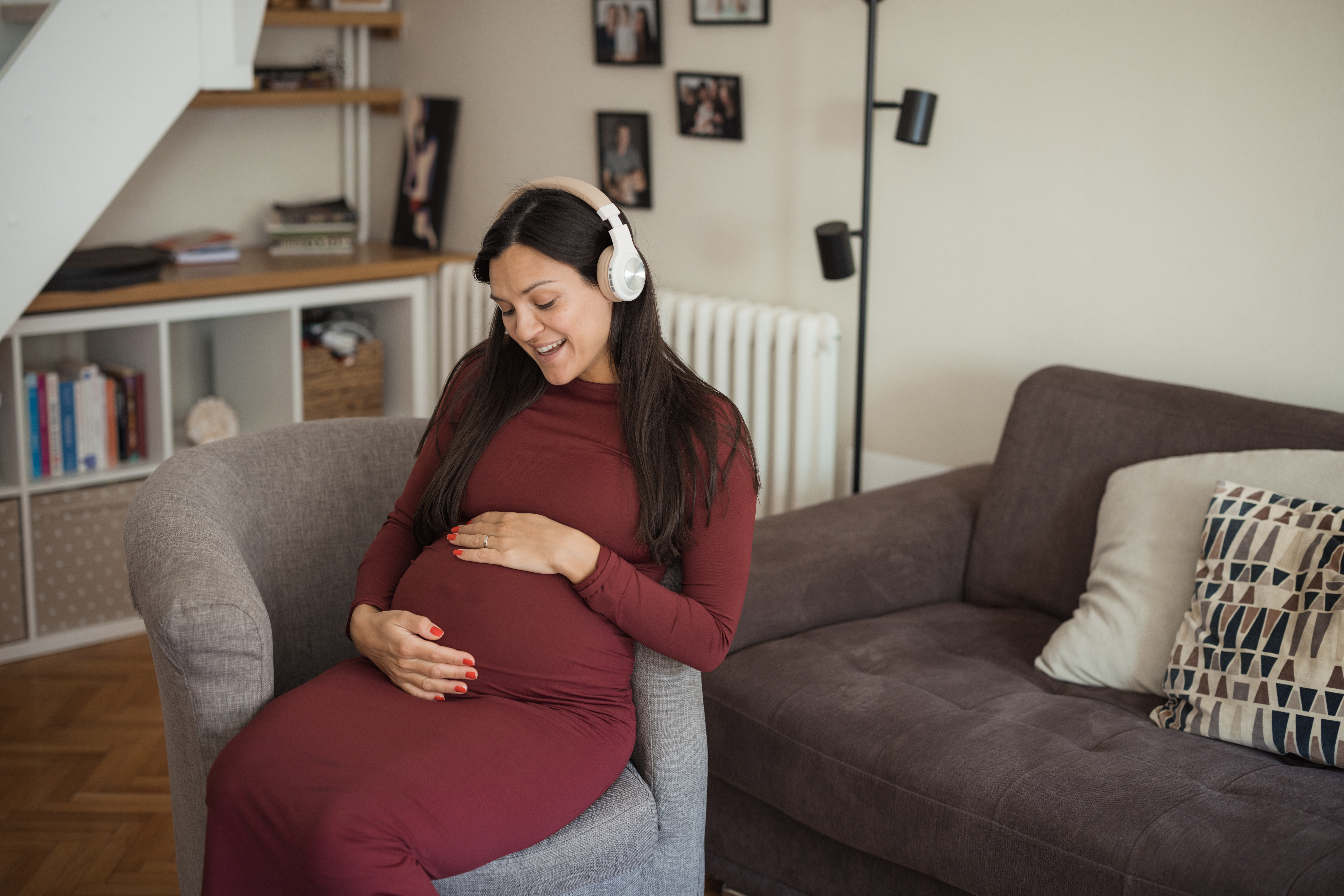Why Should I Sing to My Baby
- Category: Parenting
- Posted on:
- Written By: Kimberly Bell, MT-BC, Board-Certified Music Therapist, Manning Family Children’s, New Orleans, Louisiana

World Music Therapy Week, which is recognized annually from April 10 to April 15, is an opportunity for music therapists and supporters to engage in activities that increase awareness of and advocacy for music therapy. World Music Therapy Week is a global initiative aimed at promoting the use of music therapy as a valuable tool for improving mental health and well-being, and it also serves to highlight the global connectedness of music therapy and its ability to transform lives and impact those around us.
 Research shows that:
Research shows that:
- Premature infants who listen to their mother singing lullabies have improved oxygen saturation levels
- Singing decreases arousal and crying
- Lullabies promote sleep
- Singing lullabies promotes meaningful mother-infant interaction
- Singing lullabies facilitates a relaxation response in both the baby and the mother
- Singing lullabies reduces maternal stress and encourages infant attachment
What is a lullaby?
A lullaby is a vocal piece of music specifically designed to lull a child to sleep by using a repeated formula usually sung by a female.
 When should I start singing to my baby?
When should I start singing to my baby?
- NOW! Research suggests that mothers who sing to their babies while they are pregnant feel more attached to their babies when they are born.
- Singing reduces maternal stress, anxiety and depression which is likely to result in a decrease of stress hormones and in improved pre-natal environment.
How can I use lullabies to effectively create an environment of safety and calmness once my child is born?
- Choose which ever lullaby you like and repeat it as often as you would like.
- Try to match your child’s emotional intensity and then gradually modify and change the style of your singing.
- Use body contact, such as patting, stroking, walking, and swaying in tempo with your singing.
- Personalize your lullabies: add your child’s name, use a lullaby that has been passed down from your family of origin, turn a favorite song into a lullaby.
- Older infants (6 -7 months) seem to prefer lullabies sung at a lower pitch and play songs sung at a higher pitch.
- Make a recording of your voice to play for your baby when you cannot be there. Ideas to include singing, reading, and storytelling. Include other family members as well. This is a great way to include Fathers older siblings.
 For more information about the Music Therapy Program at Manning Family Children’s, visit our website: Music Therapy|Manning Family Children’s. If you want to learn more about music therapy or have questions, visit the American Music Therapy Association website, or contact me directly at Kimberly.bell@lcmchealth.org.
For more information about the Music Therapy Program at Manning Family Children’s, visit our website: Music Therapy|Manning Family Children’s. If you want to learn more about music therapy or have questions, visit the American Music Therapy Association website, or contact me directly at Kimberly.bell@lcmchealth.org.



